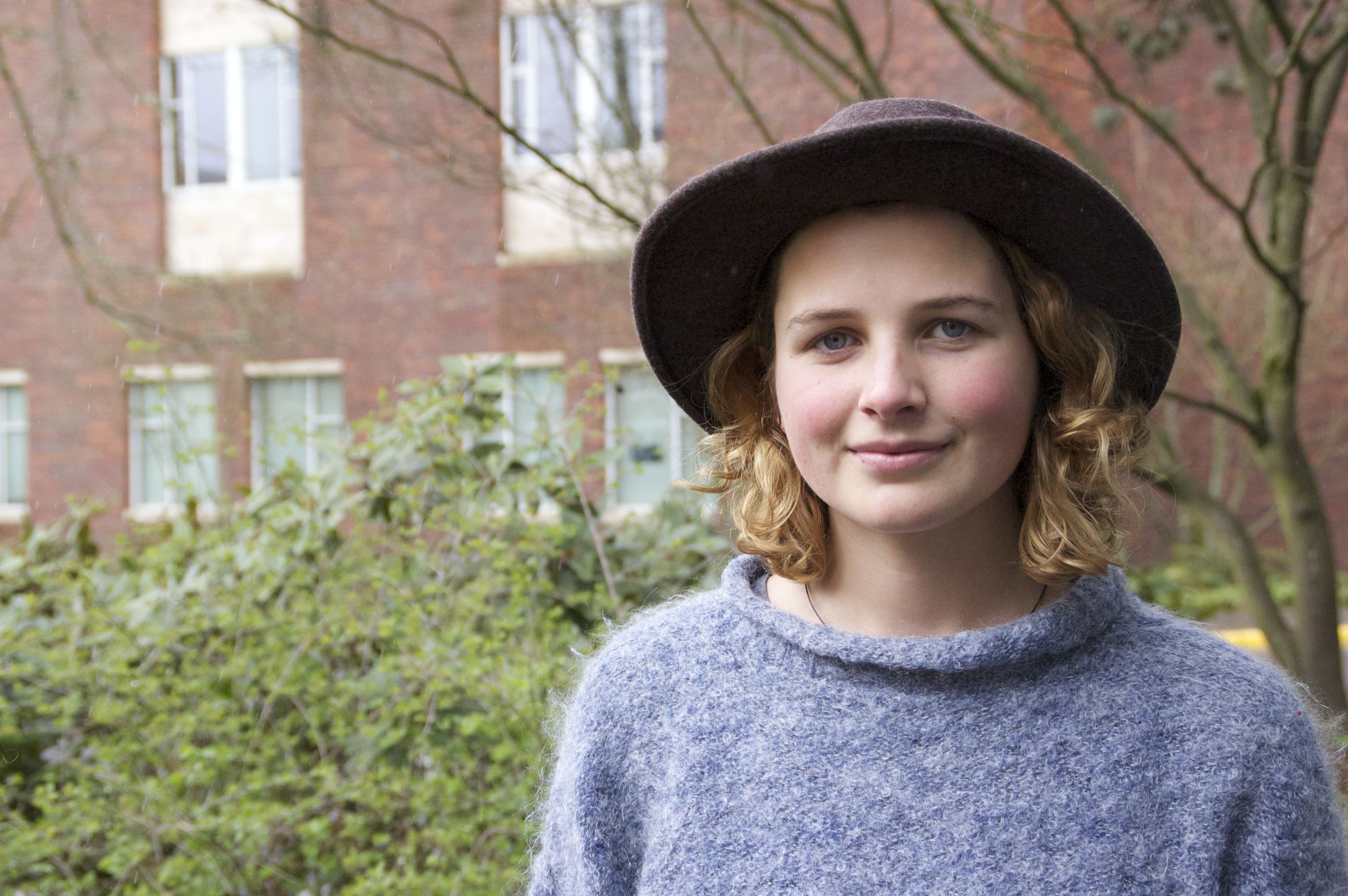Old Thimi, Nepal, Potters of the Prajapati Community

The streets of Old Thimi hum with the sounds of spinning wheels and the shuffling of terracotta, and there is a distinct scent of ash and mud. The just-thrown planter pots, whose silver bodies mingle with sleeping dogs in the sun, dry in alleys seemingly indifferent to the motorcyclists who carefully dodge by. There is always a bustle of activity in these streets and courtyards, and more often than not it surrounds some process related to pottery. Stacks of pots, dry, wet, or fired, line the streets. Piles of hay and ash wait in courtyards to be sacrificed for the transformation of wet clay into terracotta. Massive chipped water jars sit in dusty corners, bearing witness to their own extinction. In the past 50 years the ceramics industry in Kathmandu Valley has undergone significant change. What was once a booming market demanding a diversity of clay products has since significantly dwindled. Today, one finds few potters making anything besides planter pots, rice beer distillers, and popcorn bowls, which betray Thimi’s reputation as home to the craftsmen who throw the largest pots in all of Nepal.
I have spent the last two weeks in Thimi beginning my endeavor of cataloguing ceramic vessels used in Newar rituals. The Newars are the indigenous people of the Kathmandu Valley. My research is mainly being conducted in the Prajapati community, who are Hindu and potters by caste. I decided to limit myself to this group because there is significant variation in the use of ceramics and ritual processes between different castes – to try and encompass more than one in my catalogue would require more time than I have. It was very ambitious of me, or better yet naïve, to think comprehending the ritual environment of these ceramics would be a relatively simple feat. How horribly wrong I was. That said, the more my interviews and research progress the clearer my mental picture of these pots in their appropriate place gets.
The other major bump in my road thus far has been my too high of expectations for the memories of my 80 years+ interviewees. I originally planned to simply inquire into the pots the interviewee remembered from their youth and then request that he sketch the vessel for me. Unfortunately, this method proved relatively fruitless. I was lucky enough to find a collection of old ceramic vessels in my neighbor’s basement, which shockingly no one had yet to investigate – I took preliminary photos of this collection and now use them as cues in my interviews. This seems to be working very well, and while my interviewees sketches will no longer be included in the final catalogue (because they are non-existent) I am not too disappointed with this alternative.
My own wheel-throwing practice has been less bumpy than the other project. I find myself throwing things much larger than I was able to in Portland, I think this is because the stoneware clay body here is different. It can get up to 90 degrees during the day in Thimi and the studio is often the only cool refuge in the house. When not on the wheel or chatting with old Prajapati men, I take Nepali lessons in the city – about an hour by bus from Thimi. I am very excited to see what other twists and turns I find in my attempts to catalogue these evasive vessels over the next four weeks.
Tags: presidents summer fellowship, nepal, pottery, art, psf
